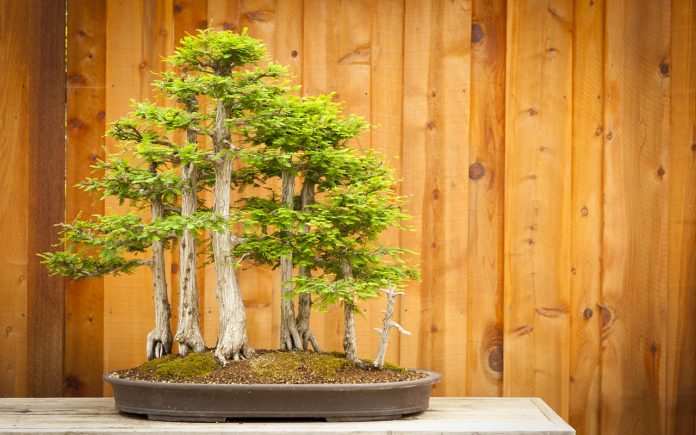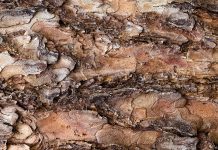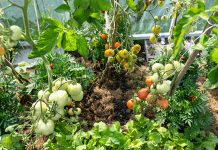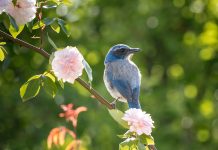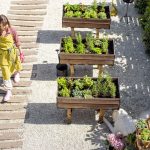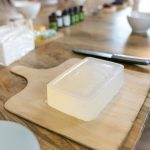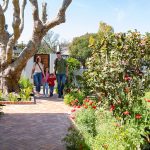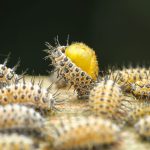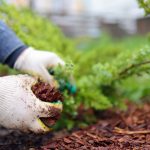Kiryuzuna is a substrate of Japanese origin used in bonsai that serves for water drainage, water retention, pH reduction, root aeration and iron supply.
Bonsai cultivation is a complex art that requires the skillful use and knowledge of techniques such as cutting, wiring or pruning, each one adapted to the needs of the plant in question. Since there is no single type of tree, there is no single type of substrate for bonsai. Among the different types of substrate for bonsai are keto, kanuma, volcanic lava, akadama, compost, pumice or kiryuzuna, each with particular characteristics. You’ll notice that we didn’t mention soil, because it isn’t used in bonsai. In this GreenEcology article, we will be addressing what kiryuzuna is and what it is for.
You may also be interested in: Akadama: what it is and what it is for
What is kiryuzuna used for?
- It helps retain a good level of water inside the container because moisture is retained within the pores, releasing as needed. In addition, it allows the water not to stagnate, avoiding root rots. This is essential for bonsai trees, because they have a high demand for water, but water should not spend too much time soaking in water because of its air demand. Find out how to water a bonsai.
- At the same time, it gives good structure to the soil by giving aeration, thanks to the large number of pores it has on the surface and the holes it forms between each grain. Such aeration is important for root oxygenation.
- Kiryu helps the structure of the soil, in the sense that it does not decompose easily and gives a stable structure to the soil that does not change much over time.
- Since it retains water, it is a great indicator to know if our plant is too dry. Kiryu is light beige in color, but when wet it becomes darker, so if you notice that it is light in color it is indicative that your plant has not been watered for a few days.
- In addition to being useful for bonsai in general, this substrate is particularly recommended for those that grow very slowly and are not going to be replanted to another container, because it does not fall apart easily and lasts for several years. Examples of this type of bonsai are conifers such as juniper or pines.
- It is also excellent for pine trees because of the slightly acidic pH that benefits this type of conifer.
We recommend this article on the 19 types of bonsai.
How to Use Kiryuzuna
Kiryuzuna is always used in combination with akadama, because this enhances the drainage capacity of both substrates. It is commonly obtained in ready-made mixtures combined with akadama. These come in proportions already calculated so that the substrate is efficient. Normally, kiryu is covered in a lot of dust, so it should be washed beforehand and allowed to dry before placing it in the container.
Kriyu can also be found alone and from which you can prepare your own mixtures. In general, it is prepared with a greater amount of akadama, such as in a 2:8 ratio, for example. Another measure is 70% akadama, 25% kiryu and 5% charcoal, which is normally used from bamboo in bonsai.
This type of substrate has unique qualities, but if you can’t get it you can substitute it with pumice, which has hardness similar to kiryu.
Differences between Kiryuzuna and Akadama
- The first difference can be noticed from the color. Kiryuzuna is slightly yellower than akadama, which is more brown.
- Remembering that kiryuzuna is resistant, to the touch we will see that akadama falls apart much more easily than kiryu. This will affect the water retention capacity, being greater in larger granules. The very small akadama tends to fall apart with prolonged contact with water, and will need frequent replanting, while the kiryu does not.
- If we move on to the compositional characteristics of both, the higher iron content in kiryuzuna than in akadama stands out.
- We can also see a difference in the pH of the two. Kiryu is more acidic than akadama, which can be used for acidophilic plants. Some examples of bonsai made with acidophiles are hydrangeas or hydrangeas, Japanese maple Acer palmatum or azaleas.


